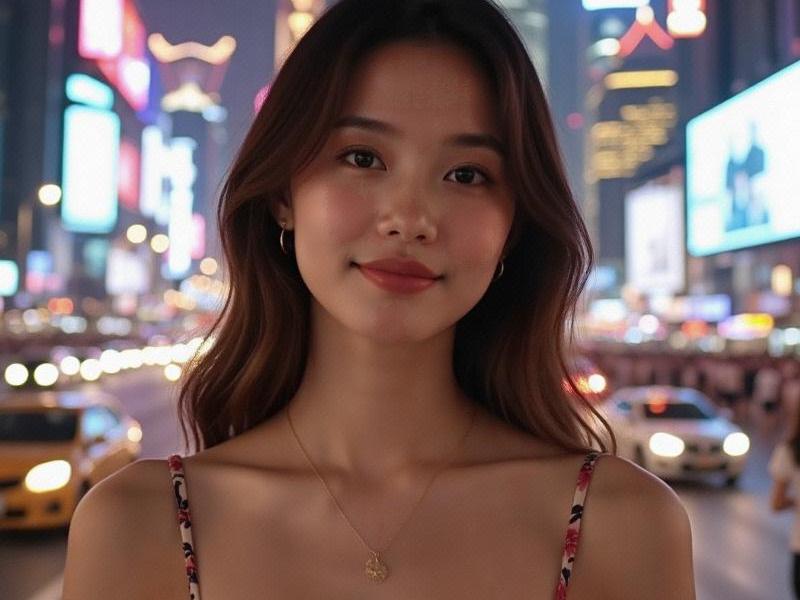This 2,500-word feature explores Shanghai's unique position as China's beauty capital, where traditional concepts of feminine elegance collide with cutting-edge cosmetic technology and global influences.

Section 1: Historical Foundations
Shanghai's beauty legacy includes:
• 1920s: The Qipao revolution and "modern girl" movement
• 1950s-70s: Austere beauty standards of the socialist era
• 1990s: Western cosmetic brands' market entry
• 2000s: K-beauty wave and surgical tourism boom
Section 2: The Digital Makeover (2025 Data)
• 73% of Shanghai women use AI beauty apps daily
• 58% follow virtual influencers for style inspiration
• ¥185 billion local beauty market valuation
上海神女论坛 • 42% of female professionals spend >20% income on appearance
Section 3: Cultural Contradictions
Current tensions between:
- Classic "Shanghai Lady" elegance vs. streetwear chic
- Skin whitening traditions vs. healthy glow trends
- Luxury brand loyalty vs. guochao (national trend) products
- Office-appropriate vs. social media-ready looks
Section 4: The Business of Beauty
上海花千坊爱上海 Key economic drivers:
✓ 4,200+ beauty MCN agencies in Shanghai
✓ 31% annual growth in male grooming sector
✓ Cosmetic surgery package tourism
✓ Pharma-beauty crossover products
Section 5: Psychological Landscape
Survey of 2,500 Shanghai women reveals:
• 67% feel pressure to maintain "city standard" appearance
• 45% report appearance-based workplace bias
419上海龙凤网 • 38% experience "lookism" in dating
• Emerging body positivity movements
Section 6: Future Projections
Coming transformations:
- DNA-customized skincare regimens
- Metaverse beauty avatar services
- Sustainability-certified cosmetics
- Age-inclusive marketing revolutions
Shanghai's beauty culture serves as a mirror reflecting China's rapid modernization - where centuries-old concepts of feminine virtue compete with algorithmic beauty standards, creating both unprecedented opportunities and complex social challenges.